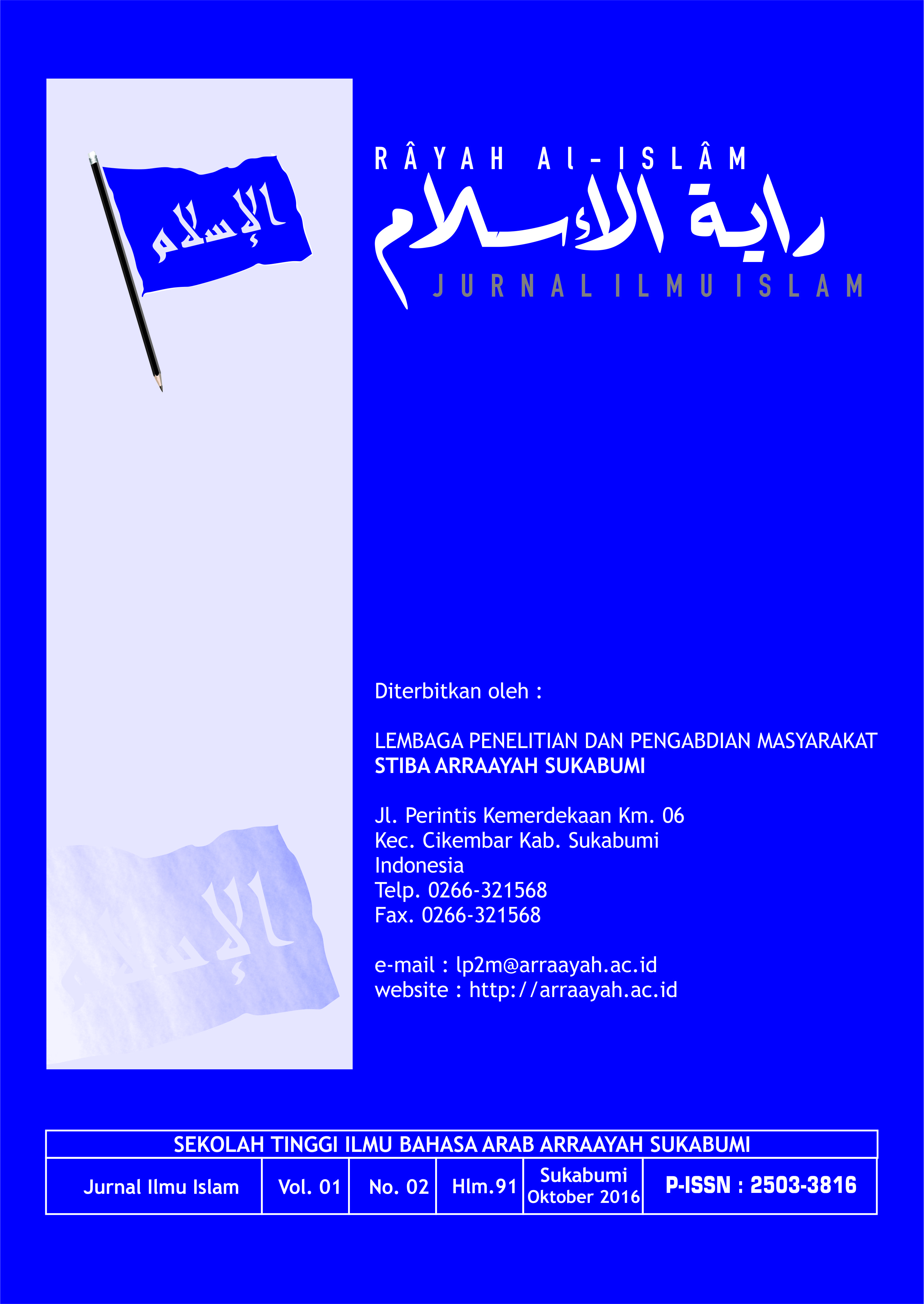Main Article Content
Abstract
Language is a pattern or symbols which are tools of knowledge, and language is also the most important means for mutual understanding and tolerance between community members in all places or aspects of life. Language is a communication tool for sharing ideas, feelings, and sensitivities to achieve certain goals between two or more people, and Arabic is the most spoken language in semitic language groups, and this language is one of the most used languages in world. Arabic is a universal language, and is an indication of its universality, the existence of tandems or synonyms in Arabic. The purpose of this study is to reveal the linguistic differences between the synonym words contained in Al-Mu'jam Al-'Arobi Baina Yadaiik from the word "سَوءَة" to the word "شُغل" - as a sample- and know the right strategy or way to its application in the teaching of Arabic for non-Arabs. This study method uses an analytical descriptive approach based on analysis of reality, and relies on the scientific method to obtain data, information and facts needed in analyzing linguistic differences between synonyms in the Baina Yadaik Arabic dictionary using research tools, namely content analysis. This study has a number of results, the most important of which is the existence of phenomena of synonyms and language differences in the Baina Yadaik Arabic language dictionary, and that each word has a meaning that is possibly consistent and may not, and the most appropriate strategy for teaching this stage is At -Ta'lim Al-Mubasyir and At-Ta'alum At-Ta'awunii.
Keywords
Article Details
Authors who publish with this journal agree to the following terms:
- Authors retain copyright and grant the journal right of first publication with the work simultaneously licensed under a Creative Commons Attribution-ShareAlike 4.0 International License that allows others to share the work with an acknowledgment of the work's authorship and initial publication in this journal.
- Authors are able to enter into separate, additional contractual arrangements for the non-exclusive distribution of the journal's published version of the work (e.g., post it to an institutional repository or publish it in a book), with an acknowledgment of its initial publication in this journal.
- Authors are permitted and encouraged to post their work online (e.g., in institutional repositories or on their website) prior to and during the submission process, as it can lead to productive exchanges, as well as earlier and greater citation of published work (See The Effect of Open Access).
